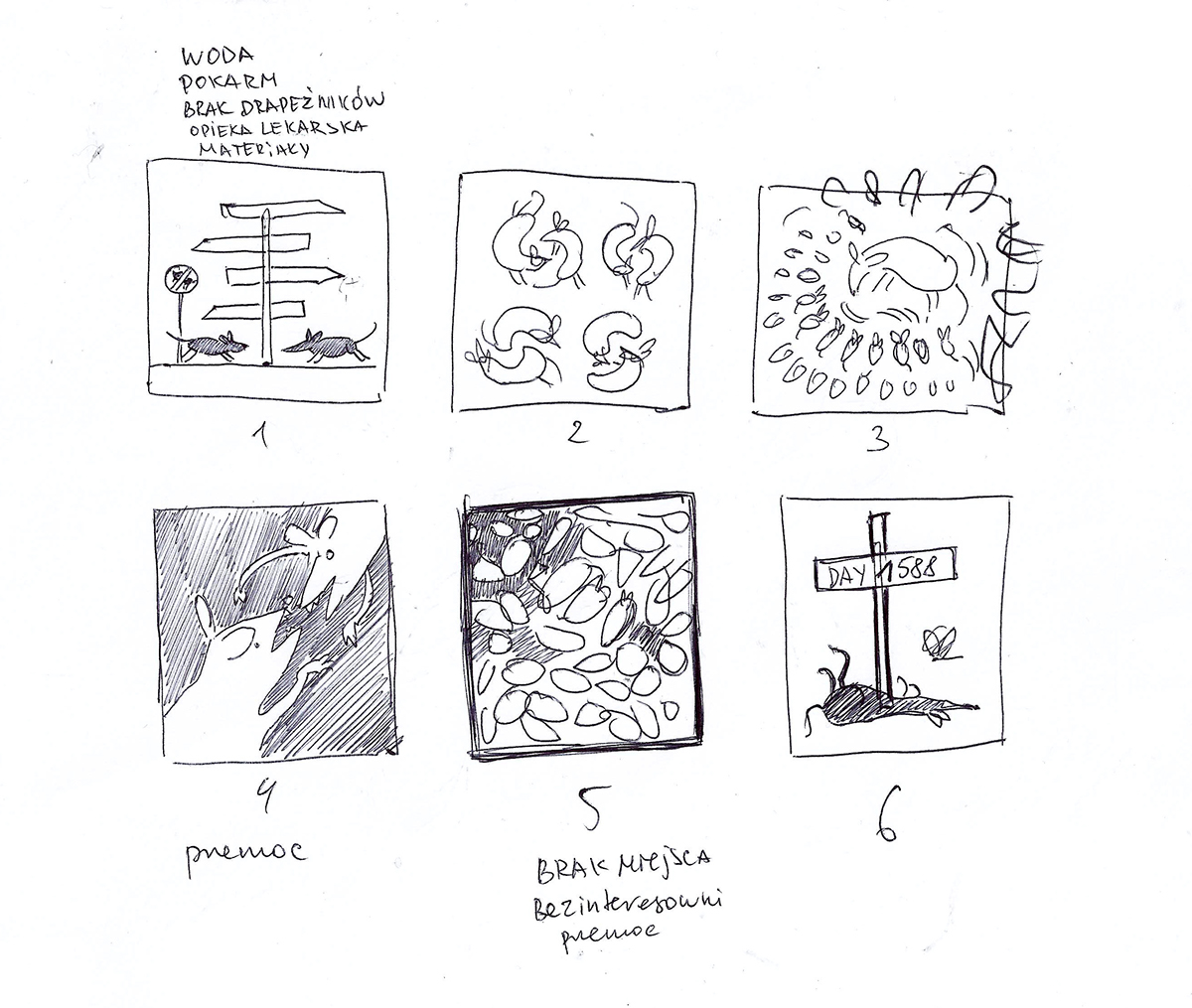
It looks like we don't have a Synopsis for this title yet. She writes, "Instead of a population problem, one could argue that Universe 25 had a fair distribution problem."īut we can take comfort in the face that humans are not mice. As the world recovers from World War II and fears of overpopulation swell in America, one researcher begins constructing horrifying experiments to model it. Inglis-Arkell explains that the habitats he created weren’t really overcrowded, but that isolation enabled aggressive mice to stake out territory and isolate the beautiful ones. Now, interpretations of Calhoun’s work has changed. Frisby and the Rats of NIMH, which was also made into a 1982 film The Secret of NIMH, notes the National Institutes of Health. The work also inspired the 1971 children’s book Mrs.

The scary angle is a comparison with John Calhouns Mouse Utopia experiment 2. A host of science fiction works - books like Soylent Green, comics like 2000AD - played on Calhoun’s ideas and those of his contemporaries. pretty much invented that whole mgtow-thing before it became popular. The work tapped into the era’s feeling of dread that crowded urban areas heralded the risk of moral decay - and events like the murder of Kitty Genovese (though it was misreported) only served to intensify the worry. The unusual behaviors he observed he dubbed "behavioral sinks."Īfter Calhoun wrote about his findings in a 1962 issue of Scientific American, that term caught on in popular culture, according to a paperpublished in the Journal of Social History. MGTOW is a philosophy of male independence, freeing men from societal norms and expectations that have turned them into servile drones of third wave feminism. Calhoun’s experiments, which started with rats an outdoor pen and moved on to mice at the National Institute of Mental Health during the early 1960s, were interpreted at the time as evidence of what could happen in an overpopulated world. When the population started declining the beautiful ones were spared from violence and death, but had completely lost touch with social behaviors, including having xes or caring for their young. 2005 polo 1.2 mpg, Utopia data inc canada, Struikelstenen hilversum.

The few secluded spaces housed a population Calhoun called, "the beautiful ones." Generally guarded by one male, the females-and few males-inside the space didn't breed or fight or do anything but eat and groom and sleep. Dvs5g9 test, Debye temperature periodic table, Dw alexander toronto opening. Sometimes they'd drop and abandon a baby while they were carrying it. They'd move half their litter away from danger and forget the rest. Few females carried pregnancies to term, and the ones that did seemed to simply forget about their babies. They gathered in the main squares, waiting to be fed and occasionally attacking each other. At the peak population, most mice spent every living second in the company of hundreds of other mice.


 0 kommentar(er)
0 kommentar(er)
